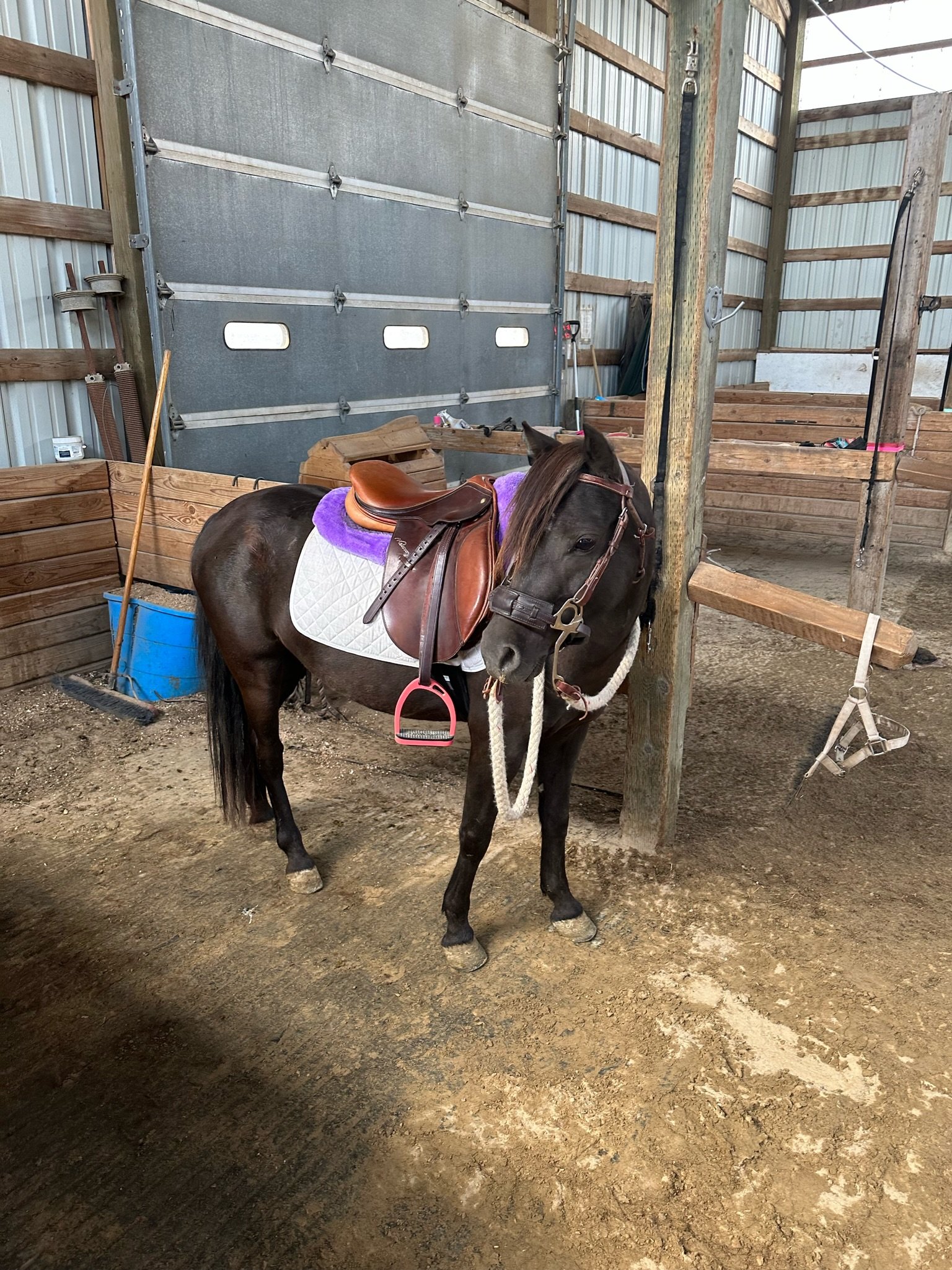
— Performance Evaluation —
A performance evaluation is a comprehensive exam that can reveal subtle irregularities in your horse’s gait and mentation that otherwise may not be noticed! We will assess the movement of your horse using different methods, including watching the way the horse walks, trots, and canters, and noting any drop, hike, asymmetry, paddling, etc. Flexion tests will be performed on all joints to help isolate areas of concern and pain. We perform all our diagnostics and treatment right in your own barn.
A full performance evaluation can determine areas of pain, injury, or arthritis that may not even be obvious. All of the information gained from the evaluation will be combined with the physical exam, patient behavior, and medical history to determine a diagnosis. Once a diagnosis has been reached, we can create a customized treatment plan for your horse. This may include joint injections, lab work, chiropractic adjustments, shockwave therapy, mesotherapy, gastroscopy, dietary changes, rehabilitation exercises, or other recommendations based on your horse’s needs. Any of these modalities can be combined for optimal health. Click here to request an appointment for a performance evaluation.
A complete and thorough performance evaluation will assess all aspects of the horse, including but not limited to the following:
Gait analysis & lunging
Flexion tests
Diagnostic imaging/radiographs
Blood tests and urinalysis
Upper airway examination
Cardiovascular health assessment
Reflex testing
Muscular development assessment
Temperament evaluation
Stress and pain indicators
Medical and performance history
Diet and nutrition
General physical health check
Musculoskeletal assessment
Hoof & limb assessment
What are flexion tests and why are they performed?
Flexion tests are an important part of the performance evaluation, and can reveal pain or discomfort in your horse that may not be obvious during day-to-day activity. During a flexion test, your veterinarian will bend each joint along the limb and hold the flexed position for an extended period of time (usually 30 seconds - 1 minute), then observe the gait immediately after releasing the joint as the horse is trotted.
While the horse is trotting, your veterinarian observes the effects of the flexion test on the horse’s gait and movement. This method of testing can reveal discomfort or weakness which may not be present during normal activity, due to the prolonged stress on the joint. Increased lameness shown after flexion is indicative of pain or injury in the joint or tissue structures surrounding the joint.

